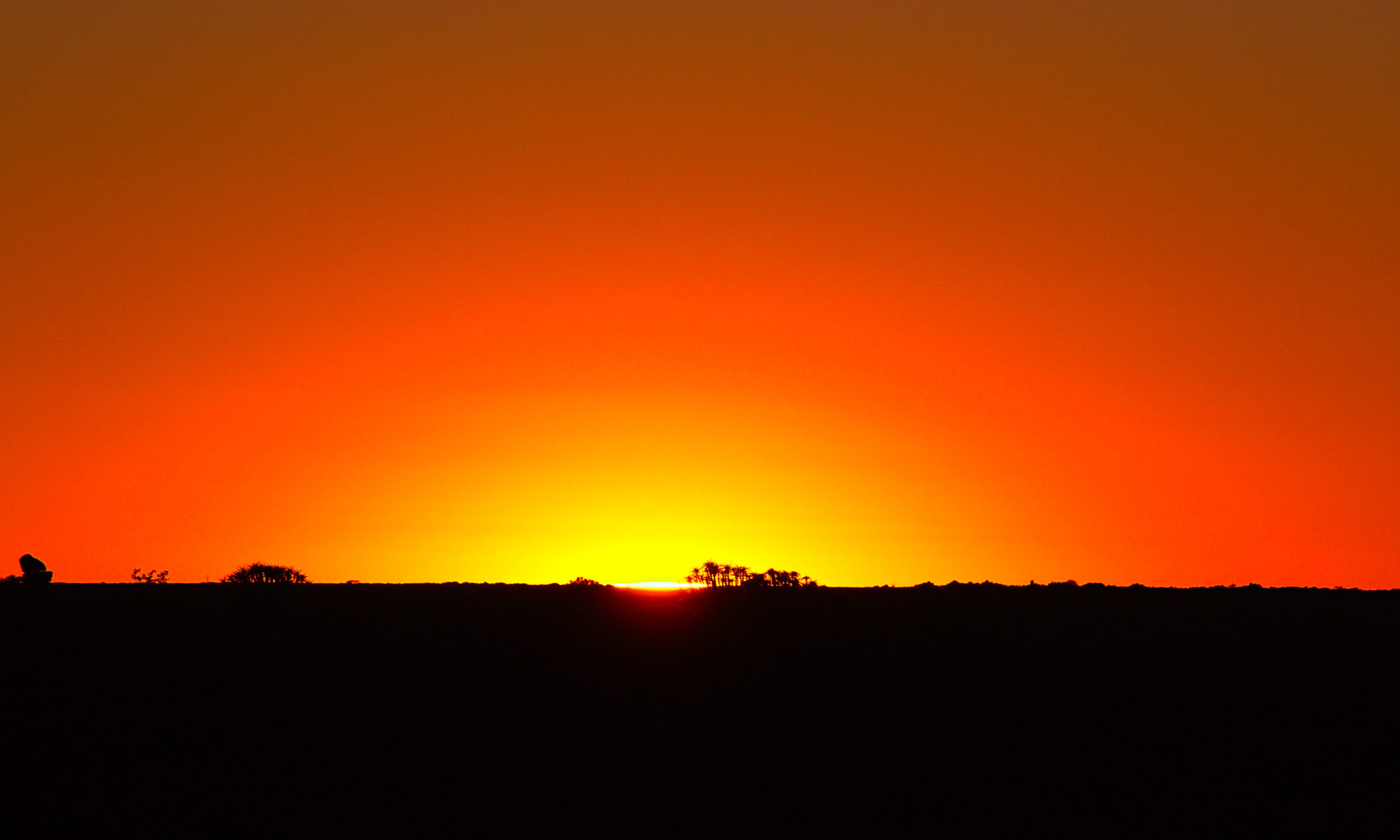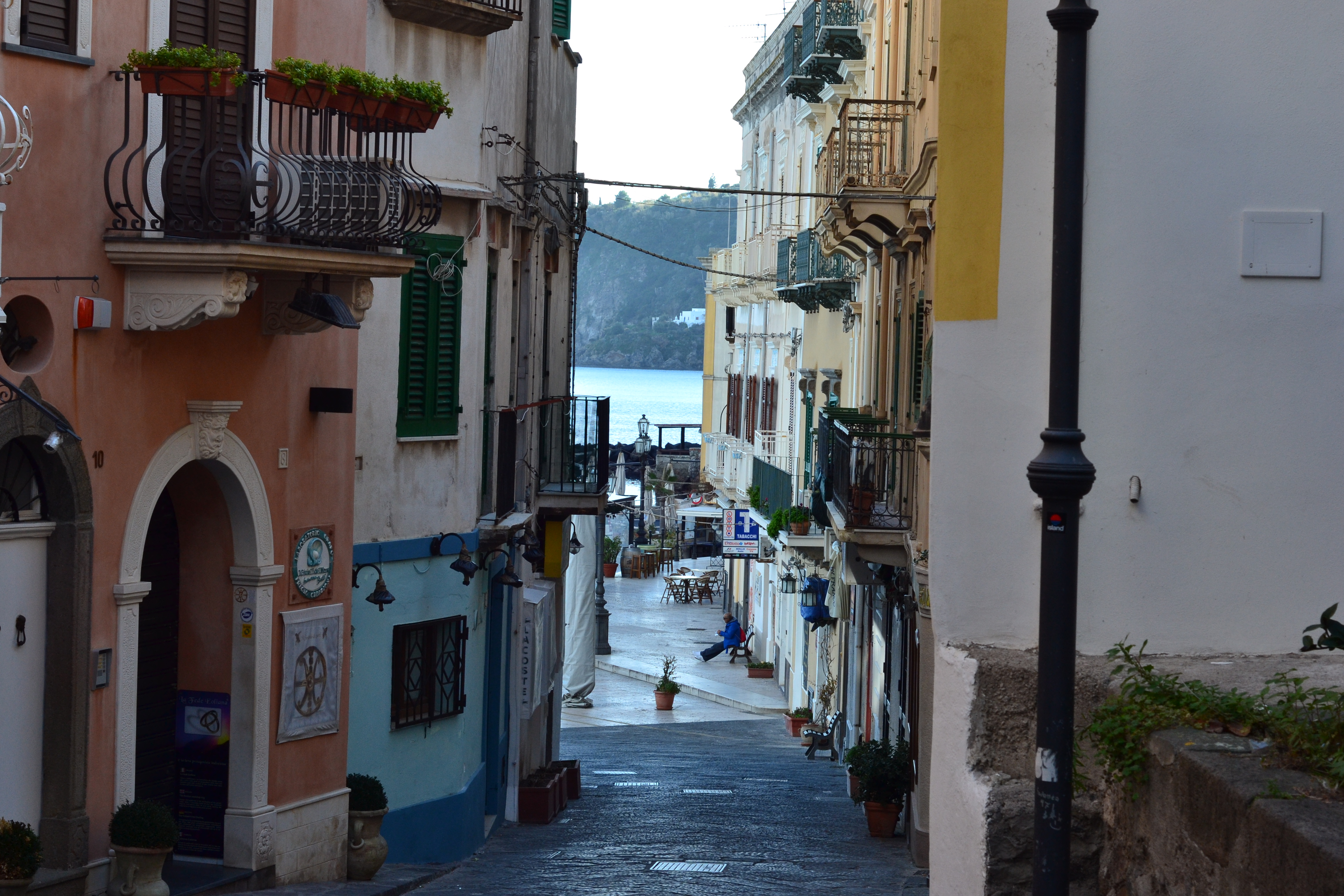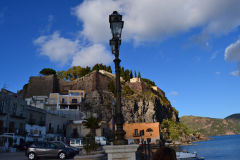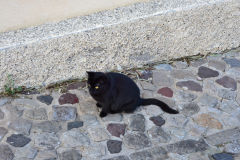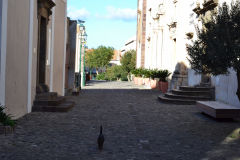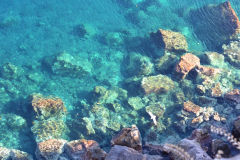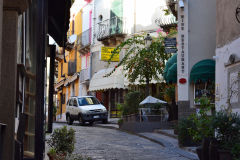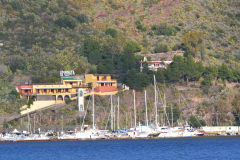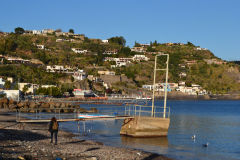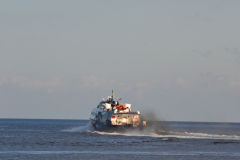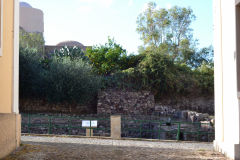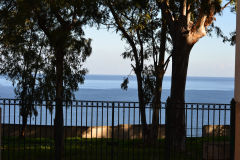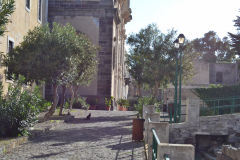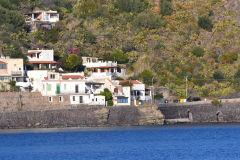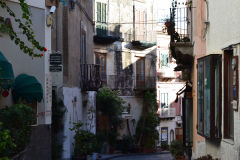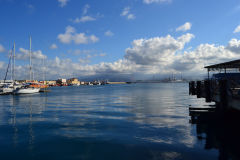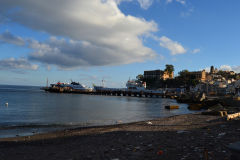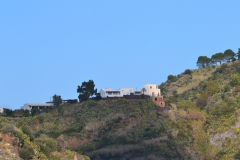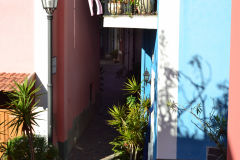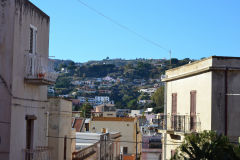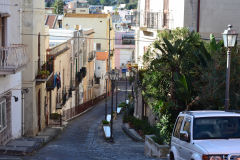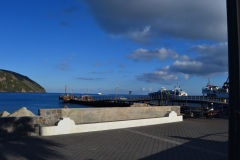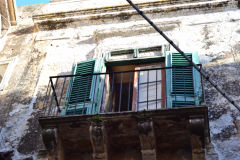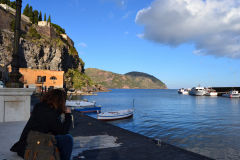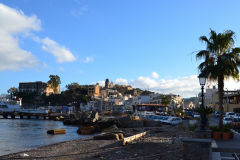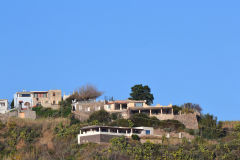Lipari is the largest of the Aeolian Islands, an archipelago located off the northeastern coast of Sicily, Italy. The island is known for its stunning landscapes, crystal-clear waters, and rich history and culture.
The island’s history dates back to ancient times. The Greeks established a colony on Lipari in the 8th century BC, and it was an important center of trade and culture in the Mediterranean world. The island was also ruled by the Romans, Arabs, Normans, and Spanish, each of whom left their mark on the island’s culture, language, and history.
Today, Lipari is a popular destination for tourists who want to experience the natural beauty and rich culture of the Aeolian Islands. The island is home to several important historical and cultural sites, including the Cathedral of San Bartolomeo, the Castle of Lipari, and the Archaeological Museum of Lipari.
Lipari is also known for its stunning natural landscapes, which include rugged cliffs, crystal-clear waters, and beautiful beaches. The island is a popular destination for outdoor activities such as hiking, swimming, and snorkeling.
The island’s geology is one of the interesting aspect to explore. Lipari is formed from volcanic rocks, mainly tuffs, basalts, and pumice. The island is part of the Aeolian Volcanic Arc, which is an active volcano system, and it’s also part of the UNESCO World Heritage Site.
Lipari is also known for its local cuisine, which is heavily influenced by the island’s Mediterranean and Aeolian heritage. Local specialties include seafood dishes, pasta with fish, and traditional sweets like granita and ice cream.
Lipari is a beautiful island with a rich history and culture. Its natural beauty, the historical monuments, the local cuisine and the proximity to the active volcano make it a great destination for those who want to explore the natural beauty and the cultural heritage of the Aeolian Islands.
